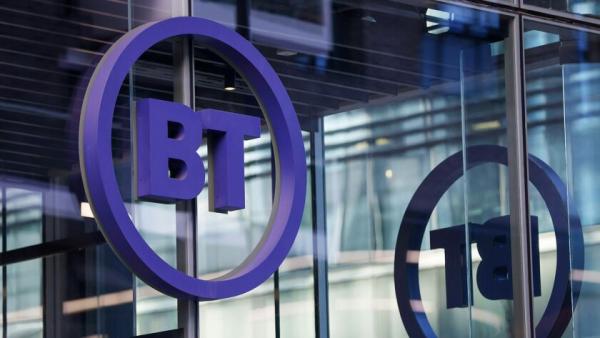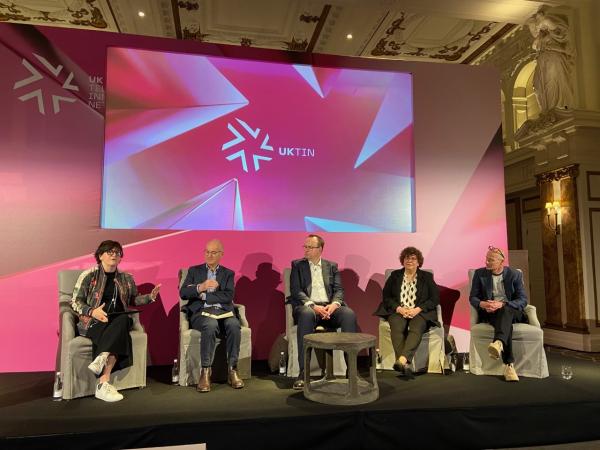
Building on the UK’s regional and national strengths, UKTIN’s Clusters Group exists to provide an open forum for inter-regional collaboration, sharing of best practices, insights and dissemination of learnings. Its overarching aim is to advance the adoption of advanced connectivity and has been designed to ensure all regions and nations of the UK can benefit equally.
The group focuses on showcasing and highlighting the capabilities and approaches of individual regions and so in a recent conversation, Ste Ashton, who leads Digital Infrastructure at Worcestershire County Council, and serves as Managing Director of nexGworx, shared more details about the work being done.
What does Worcestershire’s telecoms landscape look like?
In Worcestershire, the telecom landscape is marked by continuous growth and integration of newer technologies, striving to connect every corner of the region. "We've been working hard to extend our reach and enhance the quality of our connections," Ste comments. The area has seen a significant rollout of superfast and now gigabit capable broadband, as well as exploring the capability of private networks and 5G technologies. However, broadband and mobile challenges remain, in small urban pockets, suburban fringes and particularly in rural areas where wider connectivity still lags.
"Connecting rural areas is tough, but it’s vital. We are not just looking to enhance network coverage; we aim to ensure it's robust and reliable for everyone, regardless of their location," Ste explains. The focus on the quality of end user experience over mere expansion is also crucial in addressing the digital divide, ensuring that advancements in urban centres translate into benefits for all community members.
How do the council and nexGworx fit into this?
Worcestershire County Council’s wider digital approach and the set up of nexGworx is fundamental to Worcestershire's strategy of upgrading its digital infrastructure, and trying to maximise the benefits that can be achieved through the better connectivity it enables.
The council is focussed on expanding and improving broadband and mobile/cellular coverage across the county for the benefit of all residents and businesses, as well as looking at how council services and operations can be improved by adopting digital solutions, supported by the infrastructure being deployed.
nexGworx was established as a subsidiary of Malvern Hills Science Park, itself part owned by the council, following the successful delivery of the Worcestershire 5G Testbed and Trials project funded by DCMS. nexGworx acts as both a testbed site for advanced wireless connectivity, but also provides a range of professional services, from strategy to hands on implementation, into how organisations in sectors such as manufacturing, logistics and the public services can build and adopt digital networks and solutions to help resolve the challenges they face.
"The set up of nexGworx was to avoid knowledge and experience from those early deliveries being lost; looking to drive inward investment for the area and build on the reputation by working with partners and customers across the UK and globally," Ste clarifies.
How do they both operate?
As a Local Authority utilising public funds, Worcestershire County Council is able to set policies and strategies and if required intervene for the benefit of the local area when the market is failing. For example, if it is clear that there is no commercial interest in building networks in a specific geography the council can also get involved in early research and development activity to understand how new services and technologies can be developed and adopted.
In an increasingly fast moving market place and sector as dynamic as telecoms nexGworx is able to work with customers to find solutions to their problems, driving efficiency and compliance with regulations, legislation and demands of their customers. "We remain agile, adapting to technological advancements and shifting to respond to changes in the market and customer needs quickly," said Ste.
At the council, operations are not limited to infrastructure alone but extend to enhancing digital services for public use and boosting digital inclusiveness. "It’s about more than laying cables and erecting towers; it's about ensuring these services make a real difference in people's lives," Ste points out.
Projects such as moving more council services online, business grant schemes, digital skills training, and wider involvement in programmes such as the River Severn Partnership Advanced Wireless Innovation Region are examples of how their work extends beyond physical infrastructure. This includes moving barriers and empowering residents and businesses with the knowledge and tools they need to adopt and benefit from these technologies.
How does your work contribute to the UK’s broader aims around connectivity and telecoms?
The initiatives in Worcestershire mirror and contribute to the UK's national goals for digital connectivity. These include eliminating digital deserts, ensuring competitive telecom markets, and fostering innovation. "Our local projects feed into the national agenda, testing and developing connectivity solutions that could be deployed across the country," Ste mentions.
By pioneering developments in 5G and exploring innovative network setups like Open Radio Access Networks (O RAN), Worcestershire tries to stay ahead of the curve in technologies that may soon become standard across the UK. "These are not just local upgrades but key projects that provide insights and crucial data for national deployment strategies," he adds. Moreover, their focus on both infrastructure and skill development ensures that advancements are inclusive, providing benefits widely and equitably.









